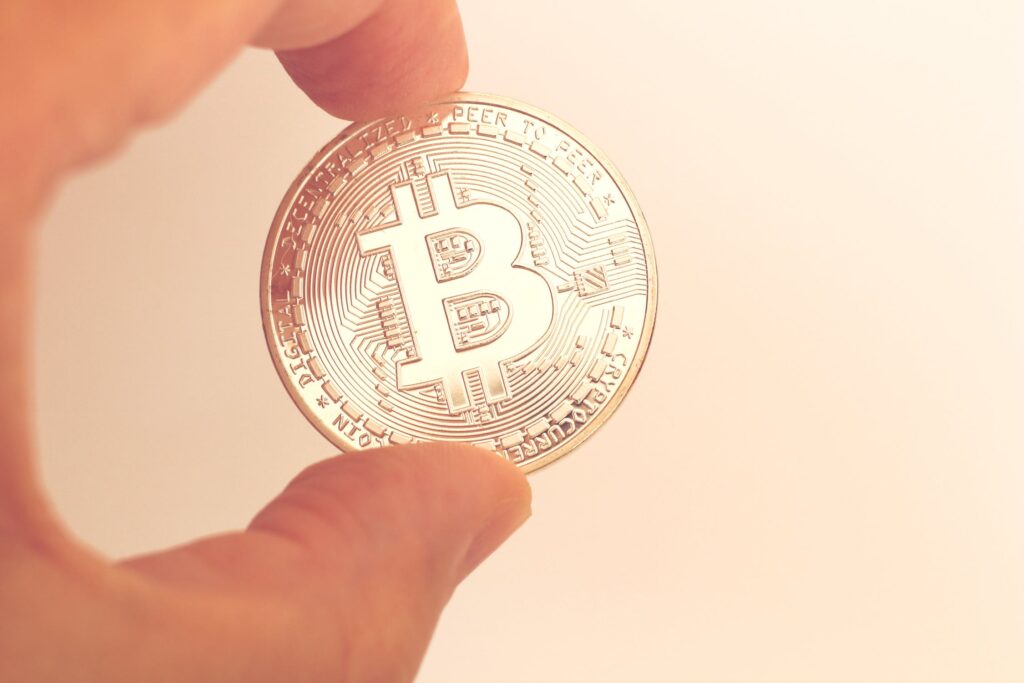One of the main qualities of Bitcoin (BTCUSD) is that its coin supply is restricted. Bitcoin designer Satoshi Nakamoto, the mysterious name utilized by the makers of the Bitcoin cryptographic money, planned the digital currency basically as computerized gold and covered Bitcoin’s most significant stock to emulate the limited amount of actual gold.
The most significant number of bitcoins that can be mined is 21 million. New bitcoins are added to the Bitcoin supply at regular intervals, which is the standard measure of time it takes to make another square of Bitcoin. By plan, the quantity of bitcoins stamped per block is decreased by half after every 210,000 yards, or about once like clockwork .To know more about crypto trading go url .
Will the Number of Bitcoins At any point Arrive at 21 Million?

The complete number of bitcoins given isn’t relied upon to arrive at 21 million. That is because the Bitcoin network utilizes bit shift administrators, math administrators that round a few decimals and focus down to the nearest littlest whole number.
This adjusting down may happen when the square prize for delivering another Bitcoin block is partitioned fifty-fifty, and the new award is determined. That award can be communicated in satoshis, with one satoshi rising to 0.00000001 bitcoins. Since a satoshi is the smallest estimation unit in the Bitcoin organization, it can’t be parted down the middle. When entrusted with parting a satoshi in half to ascertain another prize sum, the Bitcoin blockchain is modified utilizing bit shift administrators to adjust down to the closest actual whole number. This precise adjusting down of Bitcoin block rewards, in parts of satoshis, is why the complete number of bitcoins given will probably miss the mark concerning 21 million.
As of January 2024, 18.9 million bitcoins have effectively been given, with around 2.1 million bitcoins still to be delivered. With the number of new bitcoins shown per block diminishing by half roughly like clockwork, the last bitcoin isn’t allowed to be created until 2140. The number of new bitcoins stamped per block was 50 when Bitcoin was first settled and has since diminished to 6.25 as of May 2024
Limit Of Bitcoins
Albeit a limit of 21 million bitcoins can be printed, almost certainly, the number of bitcoins flowing the remaining parts is considerably underneath that number. For example, bitcoin holders can lose admittance to their bitcoins by losing the private keys to their Bitcoin wallets or dying without sharing their wallet subtleties. A June 2024 review by the crypto legal sciences firm Chainalysis gauges that up to 20% of the Bitcoin previously given might be forever lost.
What Occurs After Each of the 21 Million Bitcoins Are Mined?

• No new bitcoins will be given after the most extreme number of bitcoins is reached, regardless of whether that number is eventually somewhat under 21 million. Bitcoin exchanges will keep on being pooled into blocks and handled, and Bitcoin excavators will keep on being compensated, however possible, just with exchange handling charges.
• Bitcoin arriving at its upper inventory limit will probably influence Bitcoin diggers. Yet, how they are impacted depends to some degree on how Bitcoin advances as a digital currency. If the Bitcoin blockchain in 2140 cycles numerous exchanges, Bitcoin excavators might, in any case, have the option to create benefits from just exchange handling charges.
• On the off chance that Bitcoin in 2140 to a great extent fills in as a store of significant worth, rather than for everyday buys, then, at that point, it’s as yet workable for excavators to benefit even with low exchange volumes and the vanishing of square rewards. Diggers can charge high exchange expenses to handle high-esteem exchanges or enormous groups of sales, with more productive “layer 2” blockchains like the Lightning Organization working related to the Bitcoin blockchain to work with daily bitcoin spending.
• Be that as it may, assuming Bitcoin mining without any square rewards stops to be dependably beneficial, then, at that point, a few adverse results can happen:
• Diggers structure cartels: Gatherings of excavators might plot trying to control mining assets and order higher exchange expenses.
Self-centered mining happens
Diggers participate in childish mining plots to conceal new legitimate squares and later deliver them as vagrant squares that the Bitcoin organization does not affirm. This training can build block handling times and guarantee that high expenses are paid for by the new courts when they are delivered to the blockchain.
The main concern
Will Bitcoin work like pocket change or bars of gold in the year 2140? The Bitcoin biological system is as yet creating, making it conceivable if it is not likely that Bitcoin itself will keep developing throughout the next few decades. Be that as it may, but Bitcoin develops, no new bitcoins will be delivered after the 21-million coin limit is reached. Arriving at this supply limit will probably affect Bitcoin excavator’s most giant. However, it’s conceivable that Bitcoin financial backers could encounter adverse consequences too.
What number of Bitcoins Have Been Mined?

As of January 2024, 18.9 million bitcoins have effectively been mined, with around 2.1 million bitcoins still to be delivered. The complete Bitcoin supply is covered at 21 million.
What amount of time Does It Require to Mine One Bitcoin?
The timeframe to mine one Bitcoin relies upon how much the square prize or the number of new Bitcoins are paid to crypto excavators for producing another Bitcoin block. The current square award is 6.25 Bitcoins, and another square is created roughly at regular intervals. A new bitcoin is mined on average every 1.6 minutes.
What Happens to Mining Charges When Bitcoin’s Stock Cutoff Is Reached?
Bitcoin mining charges will vanish when the Bitcoin supply arrives at 21 million. Excavators will probably acquire pay from exchange handling charges rather than a mix of square rewards and exchange expenses.
 Imagup General Magazine 2024
Imagup General Magazine 2024



